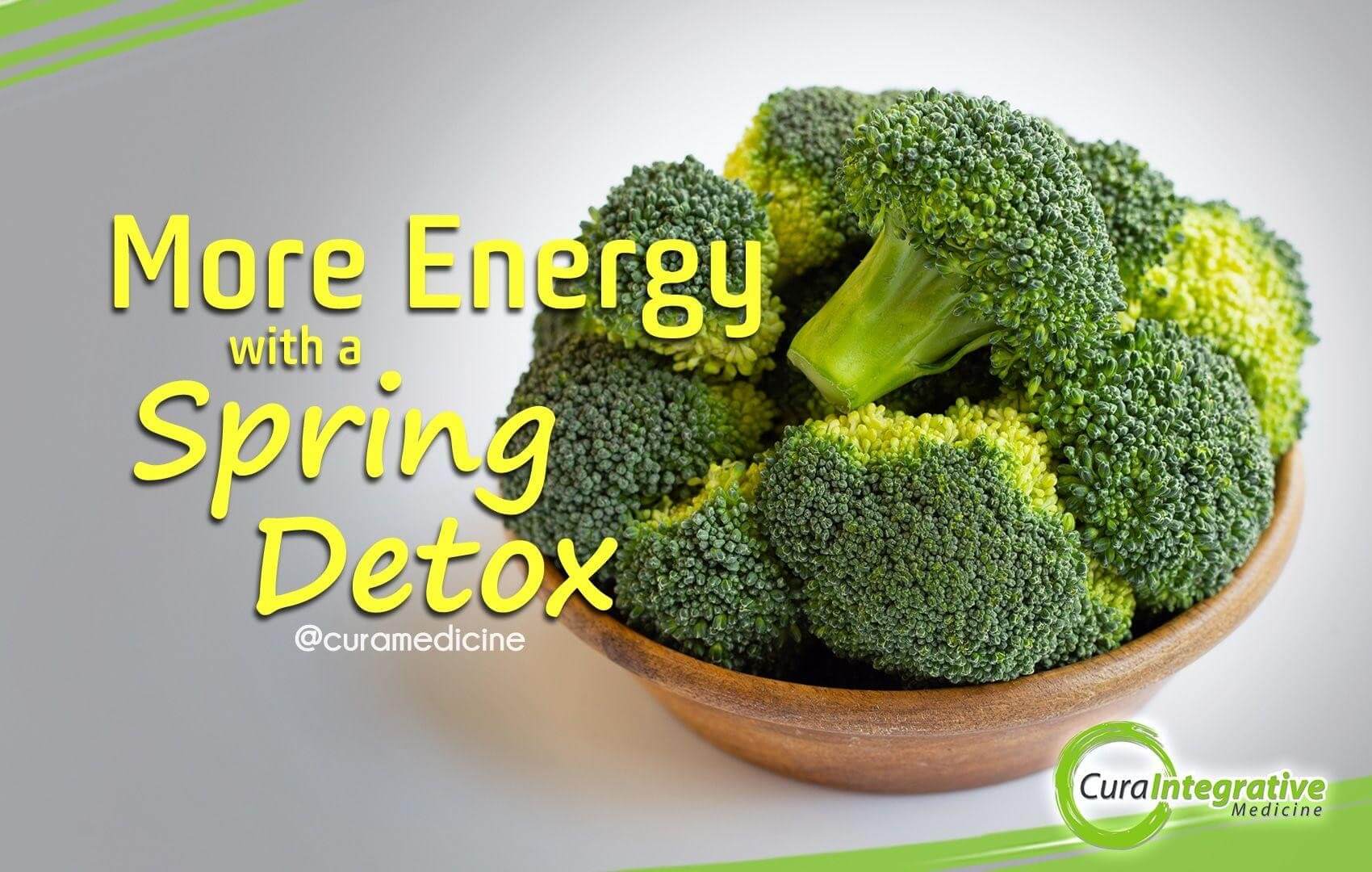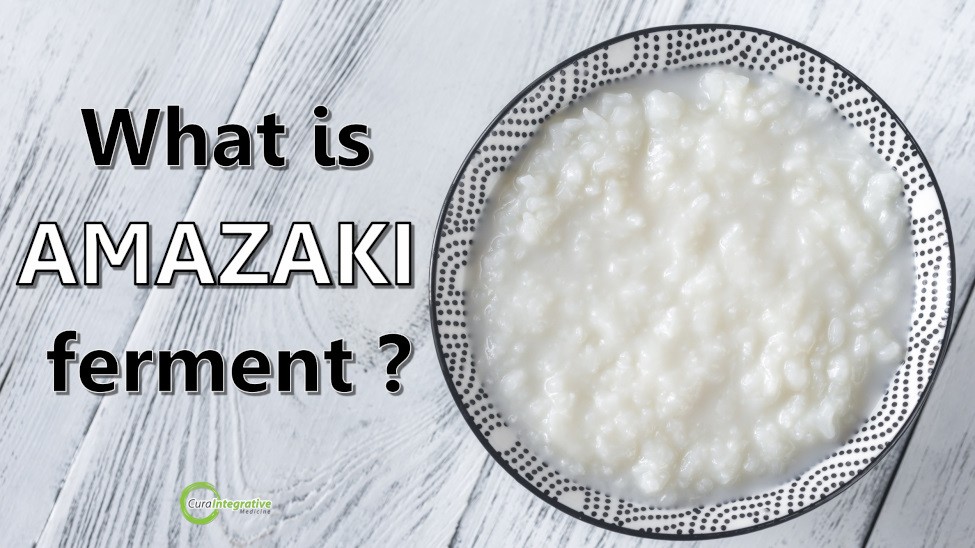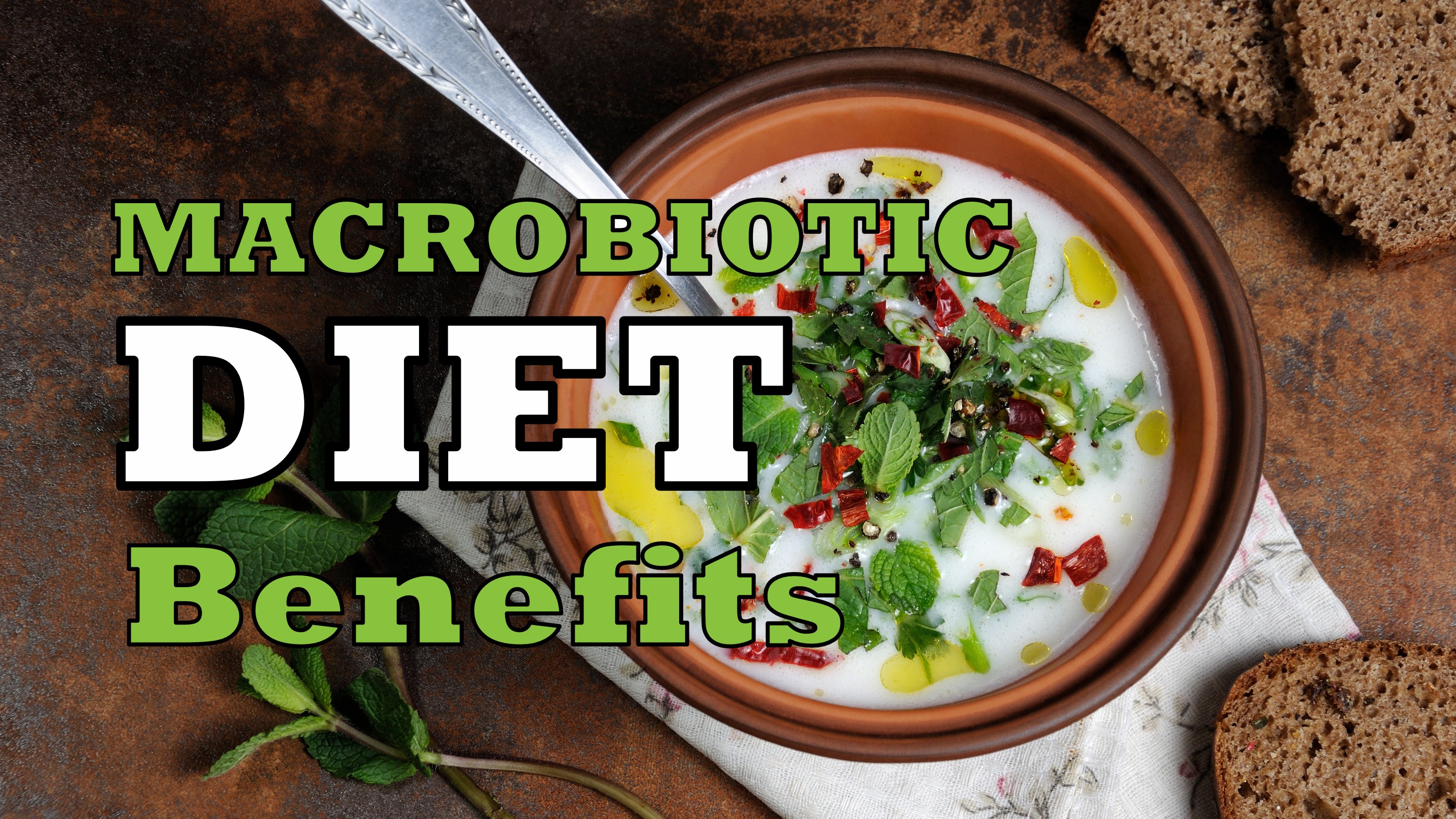Koji is a less known superfood found in a variety of macrobiotic foods. Containing Aspergillus oryzae, koji is used to make foods such as miso, amazaki and tamari. Read More…

More Energy with a Spring Detox
Posted 12 Sep '19
If you have been following our blog, you might have read about how we are all exposed to toxins every minute, every day, everywhere. It is indeed a sad fact that modern life has it even worse than in the past. Toxins are in our homes, in our cars, in the office, in the food that we eat, in the air that we breathe, and even in the water that we drink.
Toxins damage cells by oxidation, which is also called radical damage, and this process results to the speedier ageing of cells.
Healthy Greens To Promote Detoxing
Many vegetables contain phytochemicals, also called isothiocynates; and the most important of which is sulforaphane. Green vegetables particularly those under the Brassica or cabbage family are rich in these compounds. These vegetables include Brussel sprouts, cabbage, cauliflower, and most especially broccoli, which has the highest content of sulforaphane. Indeed the “Queen of Vegetables”, a regular consumption of broccoli is a crucial part of a healthy diet.
Sulforaphane: What It Does
Sulforaphane stimulates the removal of toxins from the body (detoxification), and is also a potent antioxidant. After getting rid of the harmful toxins, it repairs cells that have been damaged. The sulforaphane in broccoli has been shown to help improve a wide range of conditions — type 2 diabetes, heart disease, asthma, allergies, prostate issues, autism, and a lot more. Sulforaphane is a powerful antioxidant to add to the mix of a detoxing program.
Broccoli Seeds + Sprouts Combo
You can make the most of its therapeautic actions by eating a large amount of broccoli. Combine sprouts with seeds and you have a more effective way of getting sulforaphane. Seeds contain glucoraphanin that gets converted into sulforaphane by enzymes and the vitamin C that are found in the sprouts.
A More Energetic Healthier You
A spring detox will reduce oxidation and support the body’s natural detoxification processes. Here are a few additoinal tips:
- Check to make sure that your diet contains a wide range of coloured vegetables and fruits that are rich in antioxidant phytochemicals.
- Stay hydrated by drinking 2 litres of filtered water daily to help flush out toxins.
- Exercise regularly to improve circulation, cellular health. It also encourages detoxification through sweating.
- Complete some functional testing such as a hair mineral analysis or microbiome stool test to help tailor an effective detox program
- Get in touch – we can help speed the process up!





